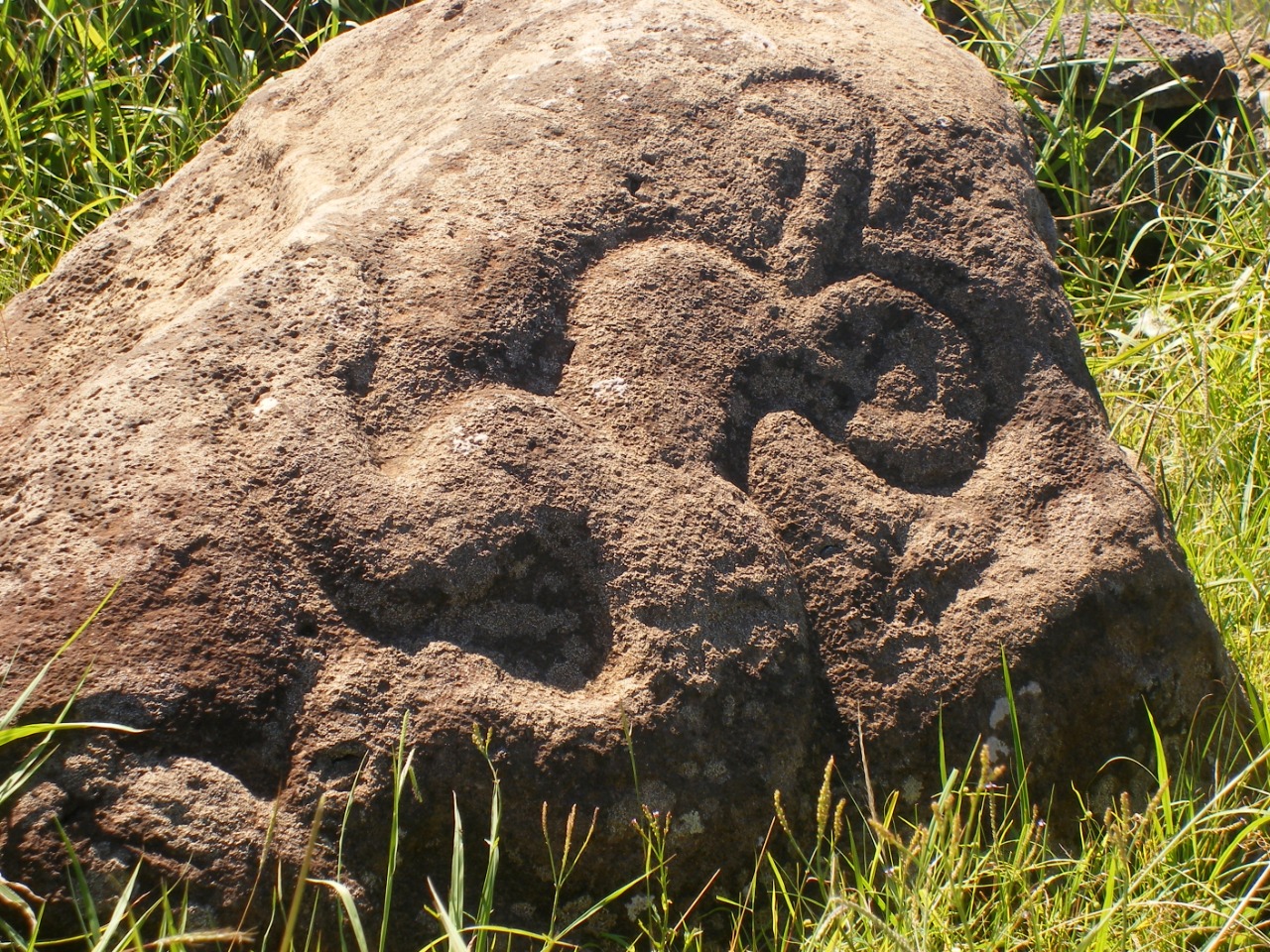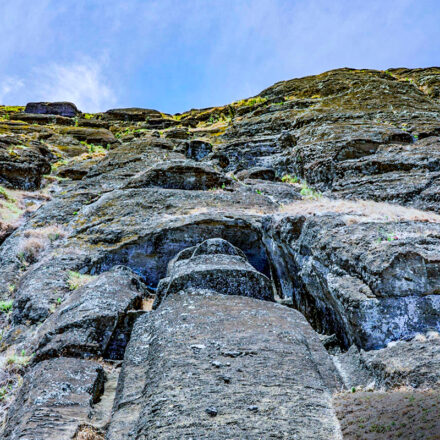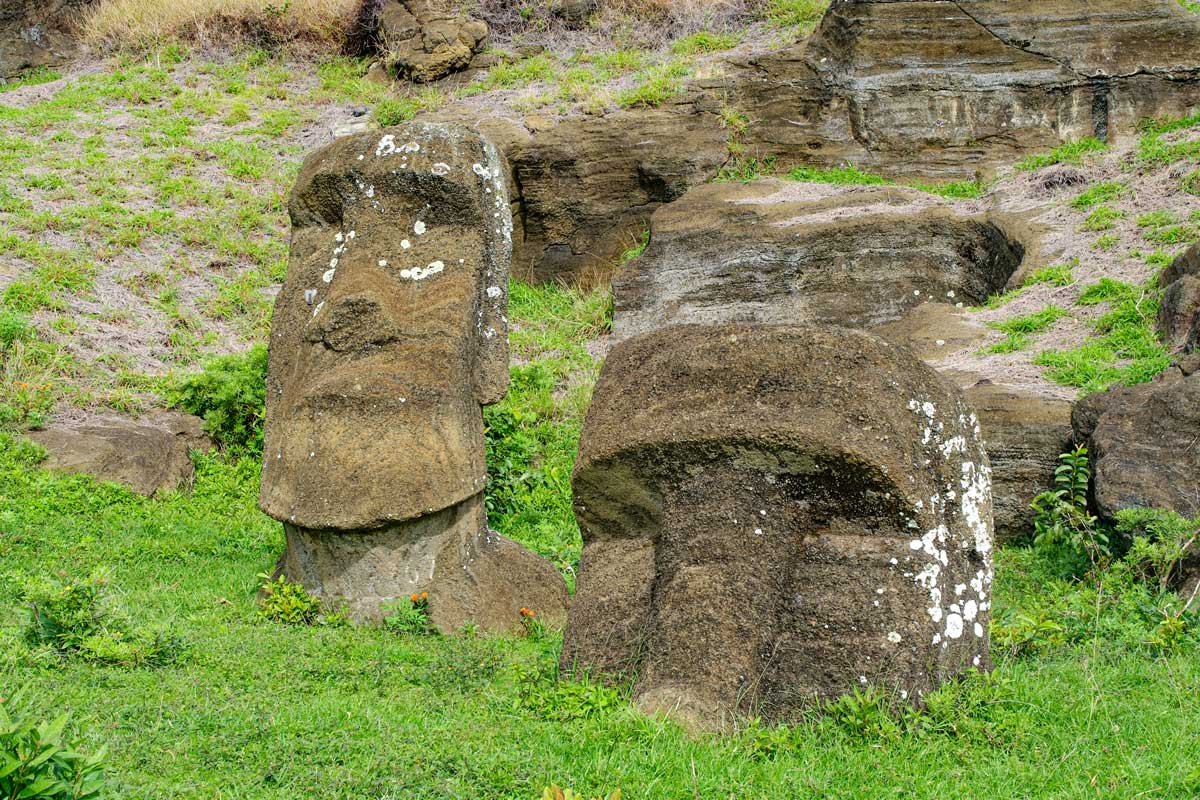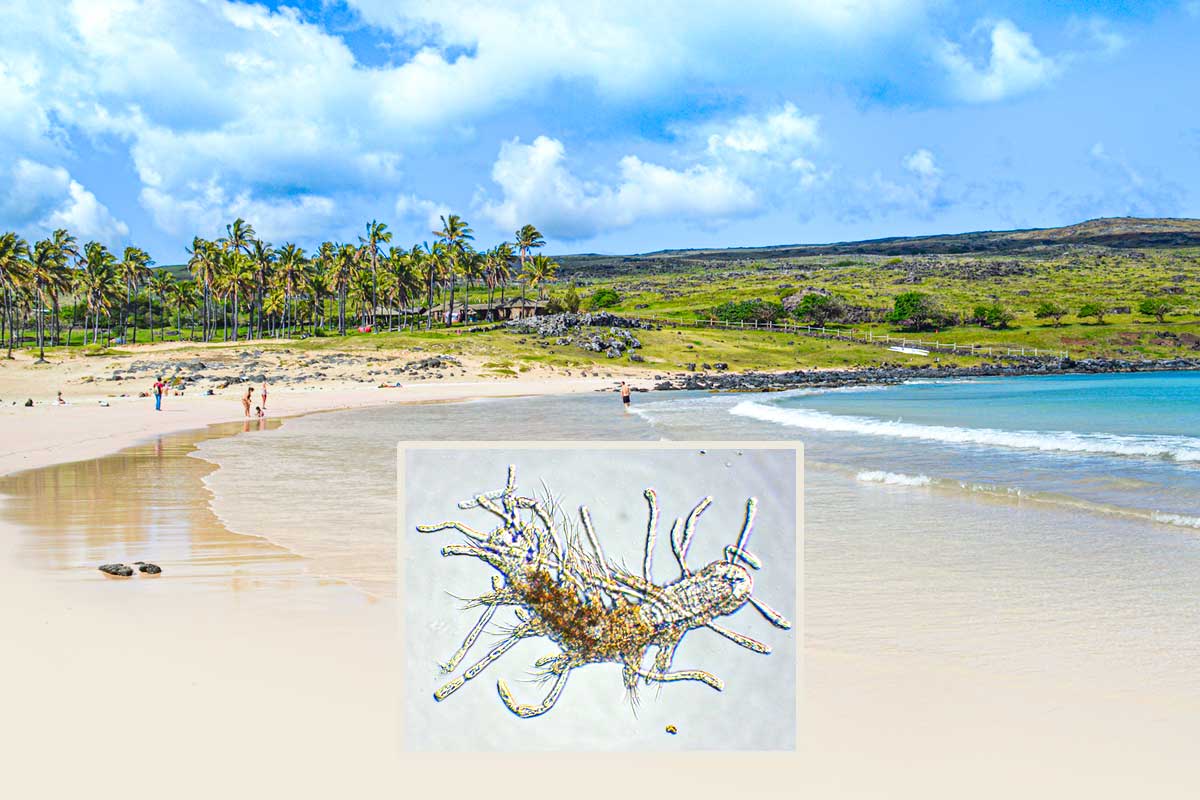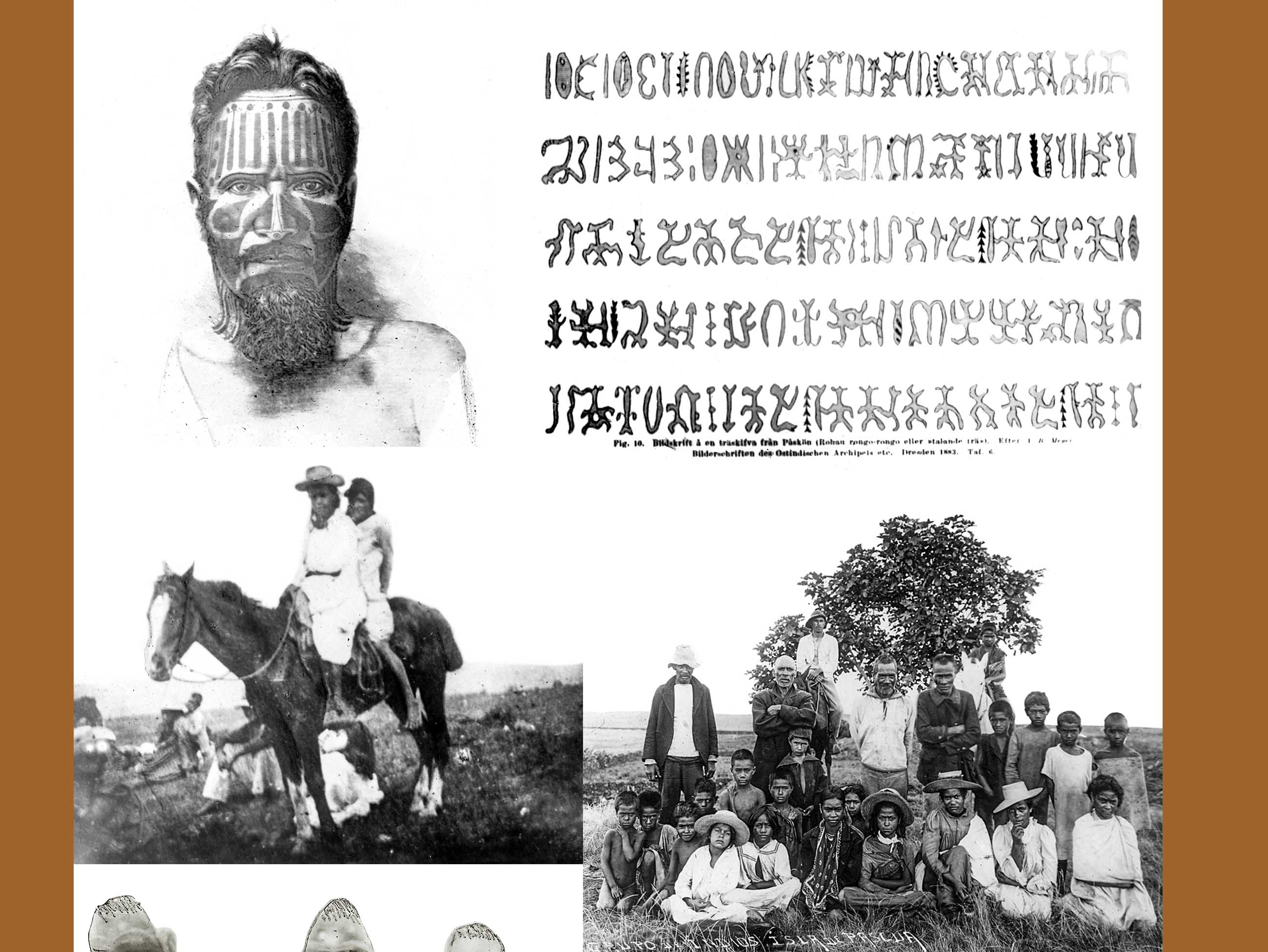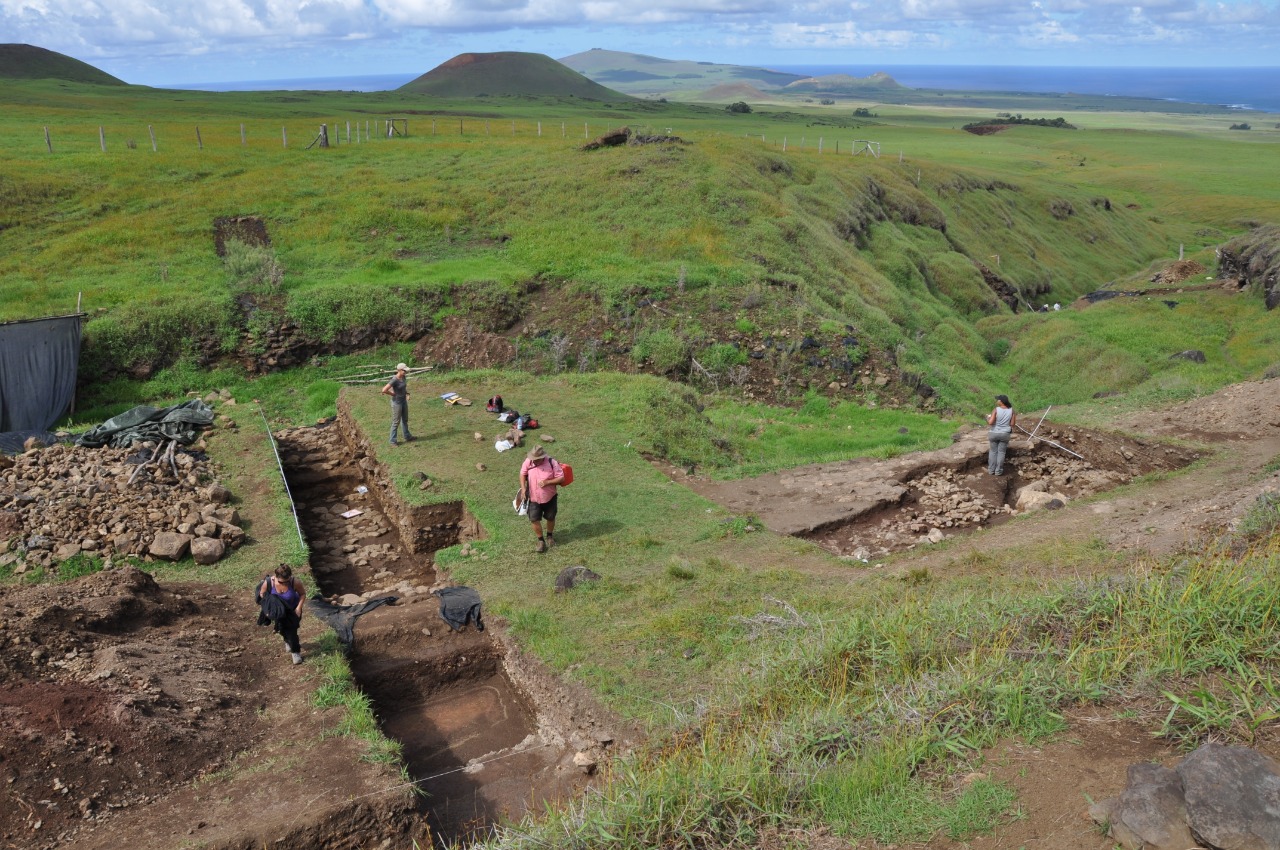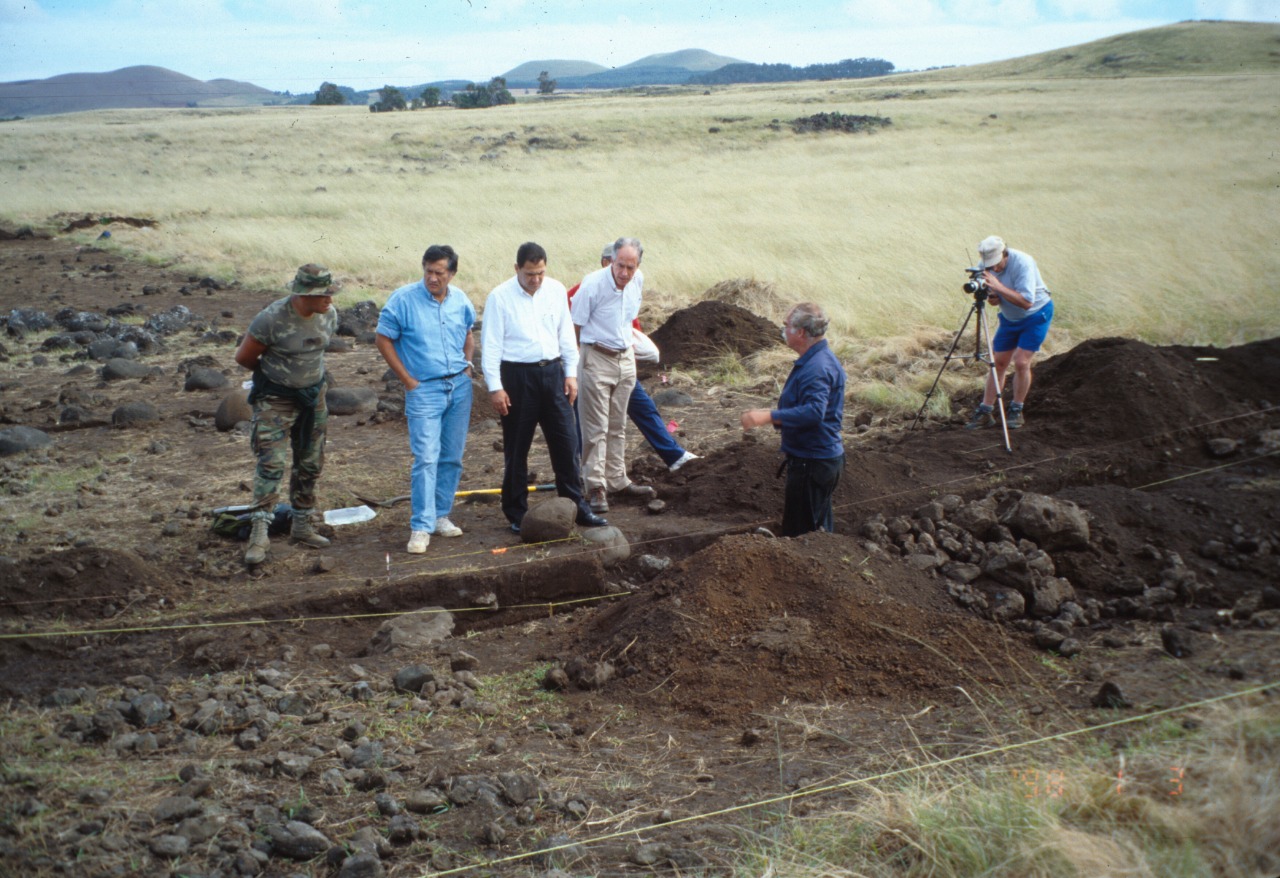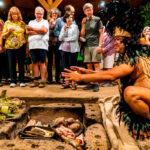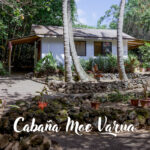Talismans of Rapa Nui
Ho’onu o Tortuga or Turtle:
In the old days, turtles were very common on Easter Island. La Perousse Bay was originally called Hanga Ho’onu or “Bay of Turtles”. According to the older people, the sandy shore of La Perousse was where the turtles of the Island went to lay their eggs. For the natives, especially the kings and nobles, this was a gourmet treat within their food supply and was hunted extensively. Today they are rare and few turtles come near the coast, although some can been seen in the coves at Hanga Piko and Hanga Roa o Tai. Due to their long lives, turtles are are a symbol of longevity and properity.
Mangai o Anzuelos or Fish hook:
In ancient times, it was considered a true art to be able to carve the fishing hooks that were used for the great predators, such as the tuna, the albacore and the sharks. The only material available were large stones (Mangai) which were used for high seas fishing, such as tuna, and smaller stones (Roy) for the smaller fish near the coast. Traditional lore attributes the manufacture of the first Mangai Ivi Tangata, a fish hook made of human bone, to the fisherman Ure of the Marama tribe. This clan used to fish at night so as not to be seen and kept the secret of their abundant catch for many years, until the word went out around the Island that they used human bones. Today the Mangai ivi are used as an amulet for good luck and well being and to stabilize one’s strength, as well as being a symbol for safe navigation.
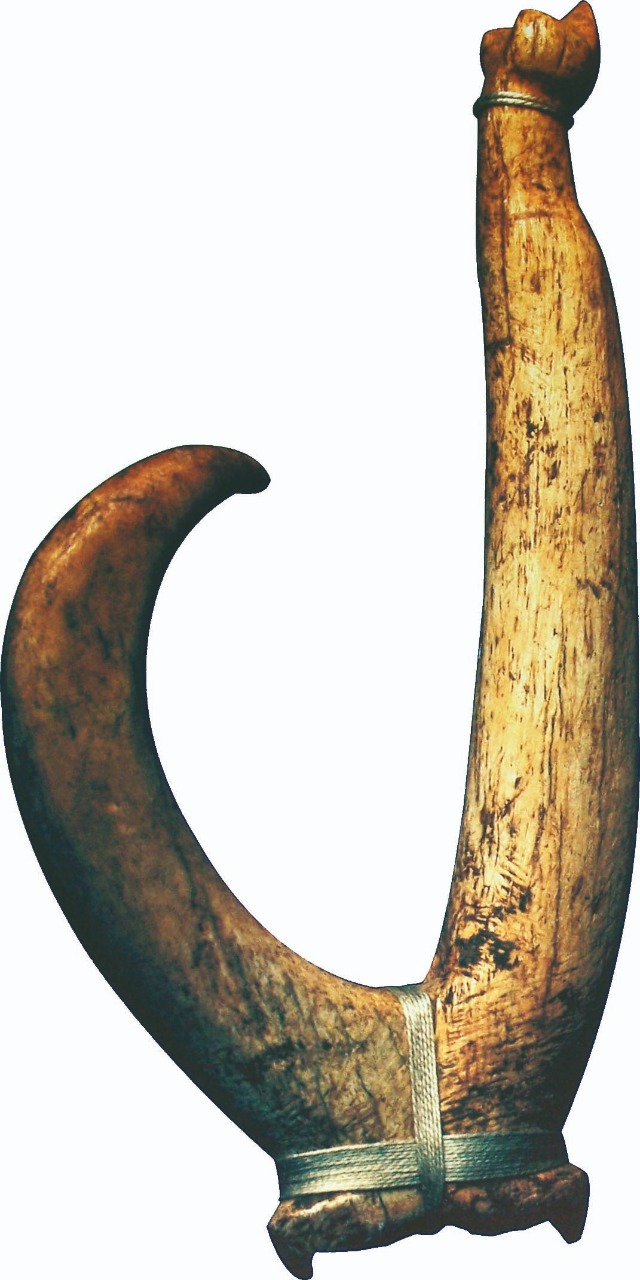
Maea o Piedras or Stones:
The Maori philosophy claims that stones have human attributes. They show human strengths and weaknesses, as can be seen in the origin myth of the Stone of Peace, which, if taken in one’s hands, will transmit its energy, its power to heal men and the earth and to bring forth in all men the Son of Peace. A famous stone on Rapa Nui was a rock carved in the form of a small Moai which legend says was brought by Teke who arrived with the king Hotu Matu’a from Hiva. This stone was originally kept in the house of the king, but was later stolen and finally ended up in the region of Mahatua, where it was buried for safe-keeping in the earth by Te Kohou, uncle of the elder Nicolás Pakarati Ure Potahi. The ethnologist Father Sebastian Englert (author of “La Tierra de Hotu Matu’a”) was told that if it was dug up and erected, it had the power to attract bands of Hahave (flying fish) to the shore.
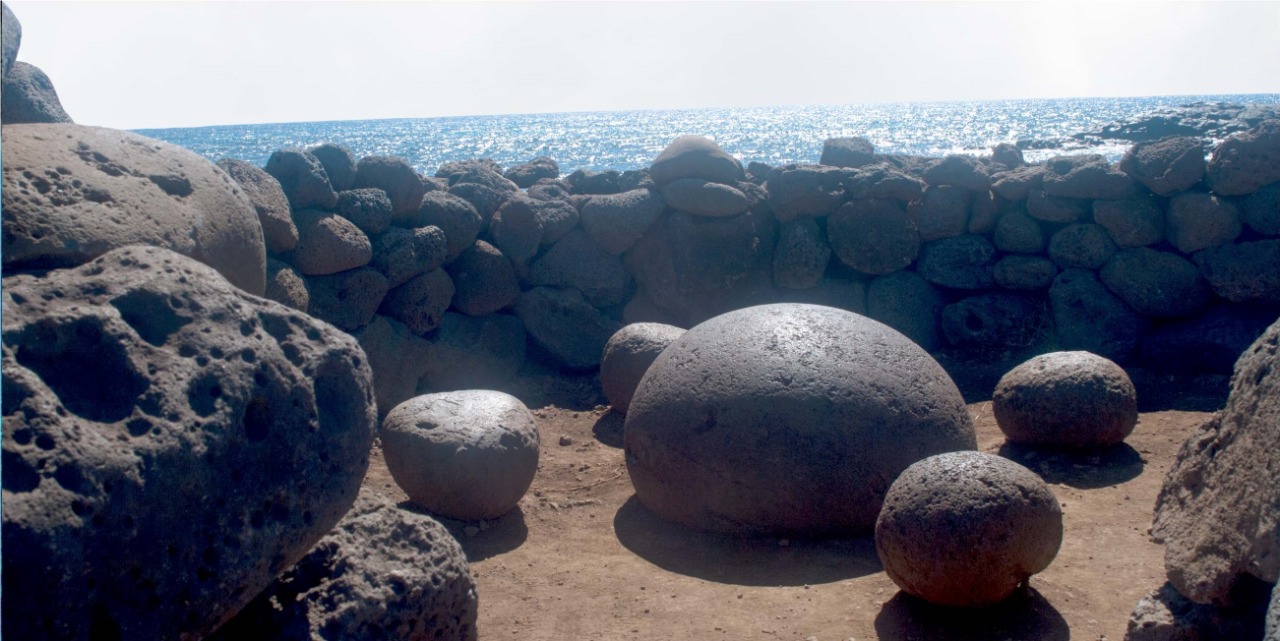
Rona o Figuras de Pájaros or Figures of Birds:
At Ana Kai Tangata cavern on the southwest coast, there is a spacious grotto formed by walls of slate rock. On one of them, Rona painted in white and red can still be seen. This is one of the few remaining pictographs on the Island. That the colors have been able to resist the destructive effects of the sea air is an indication that they must have been prepared with colored earth mixed with shark oil. Figures of birds, associated with the festival of Tangata Manu or Bird-Man, can also be found carved on rocks around the Island, but especially at Orongo, where that festival was held for approximately 200 years (1680 – 1860). It was there, in the spring months, that kings, priests and warrior leaders of the various tribes waited for the arrival of the first egg of the sacred Manutara bird, a potent symbol of change and renewal.

Moko o Lagartos or Lizards:
Within Polynesian cultures, the geckos or small lizards were considered to be sacred manifestations or messengers of the gods. When the gods got angry at someone, they would call on the Moko which would crawl inside the body of the victim and devour his organs. The Maori believed that reptiles were descendants of Punga, son of Tangaroa, the god of the sea. In New Zealand, the people used to leave geckos near caves or funerary chambers as guardians to take care of the dead. They were also used as models for stone talismans to protect the health and vitality of a forest or a tree. Sometimes they would be ceremoniously buried under the main pillar of an important building. The only Rapanui legend that is related to a lizard is that of a man named Raraku, who caught a great Heke, or octopus, in the sea near to Tongariki and ate it. As a result, he went crazy and all the people would chase him away. Raraku took up a wooden club which was carved to resemble a lizard and ran over the north and the west coast, killing everyone as he went (Werner Wolf, 1847). Since in Polynesia there is a great respect for duality, the gecko or Moko with its evil powers can also serve as a guardian and protective symbol.

Featured Reports:
Archaeologists’ Tales
Archaeology is the branch of anthropology that aims to reconstruct the history of humanity from its material remains. The problem is that a very important part of human creation is not expressed in material form, and, on the other hand, many times it is not possible...
Rano Raraku, New excavations in Easter Island’s Moai quarry
The new excavations carried out in Rano Raraku, the moais quarry, leave us an enormous archaeological wealth and vestiges on the Rapa Nui culture.
Small Life in the Sand of Rapa Nui
In the sand of Rapa Nui there are animals so small that they can hardly be seen with the bare eye. You need a microscope to see them. These animals live in the small spaces between sand grains.

